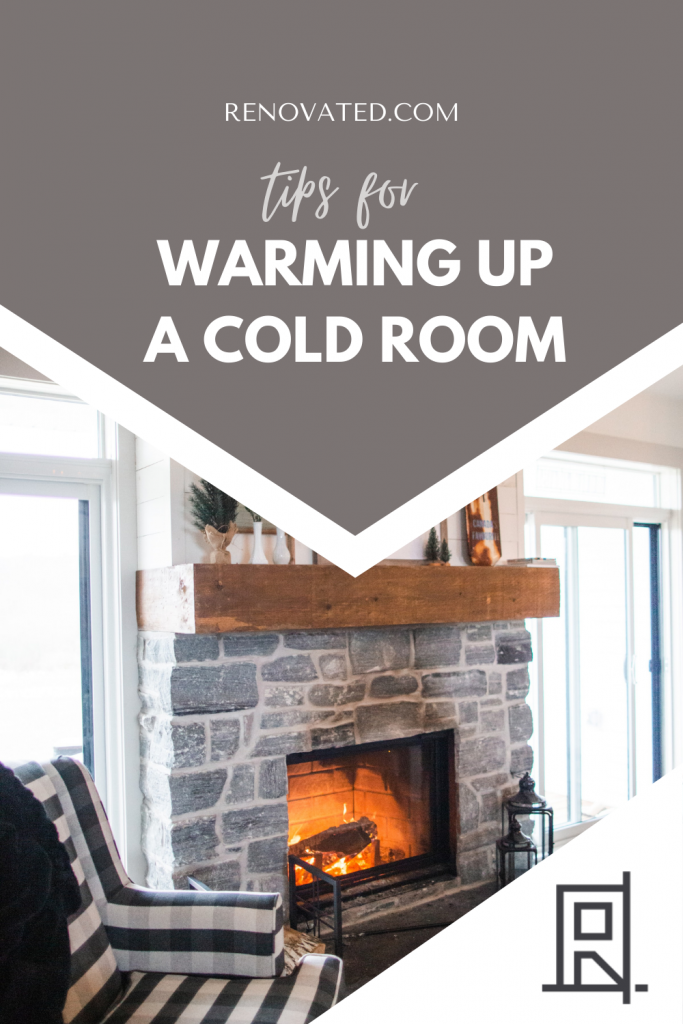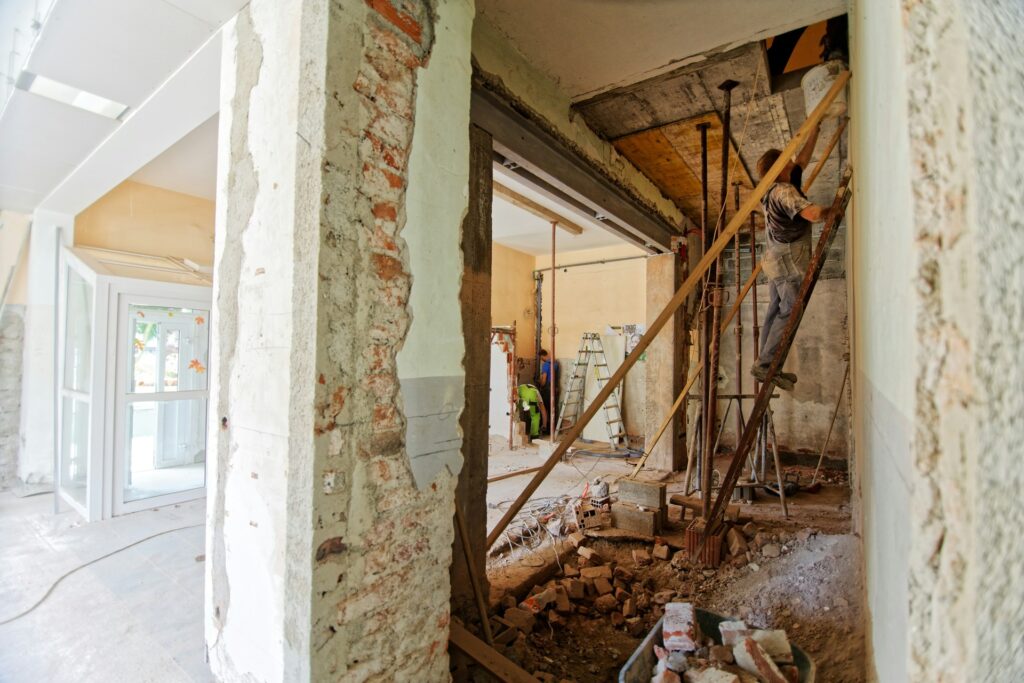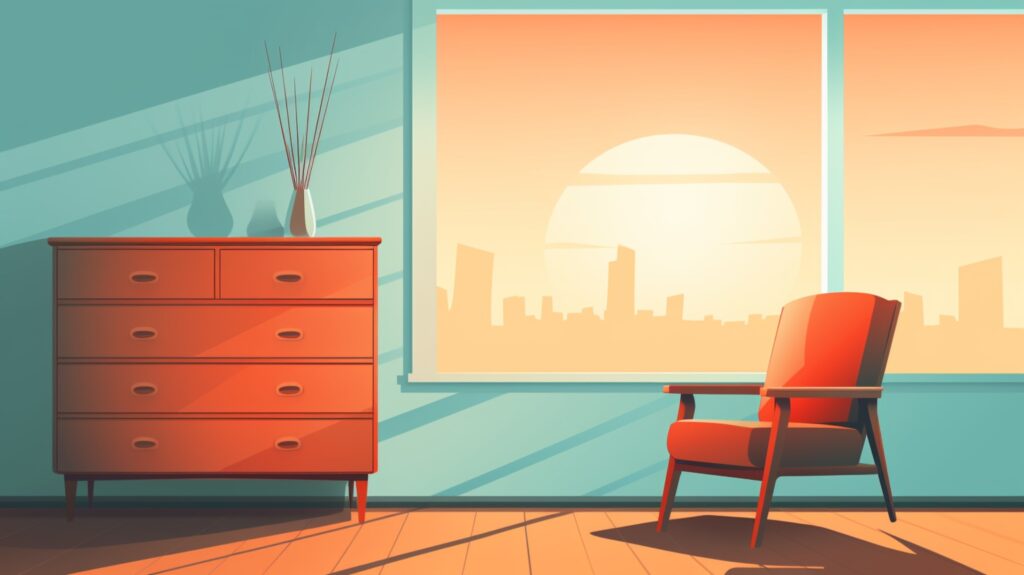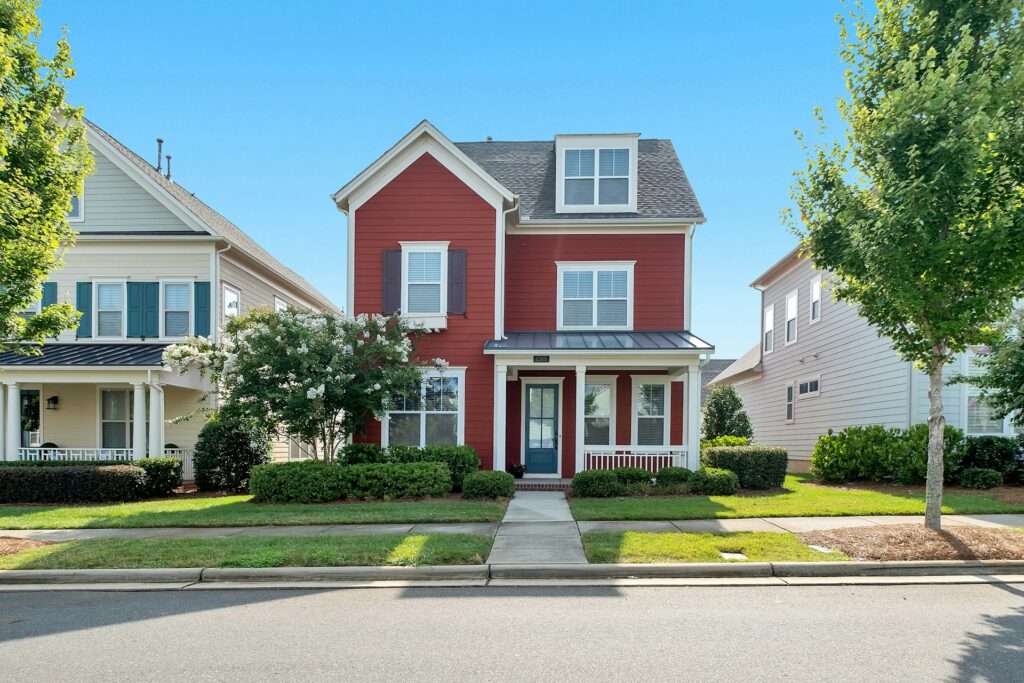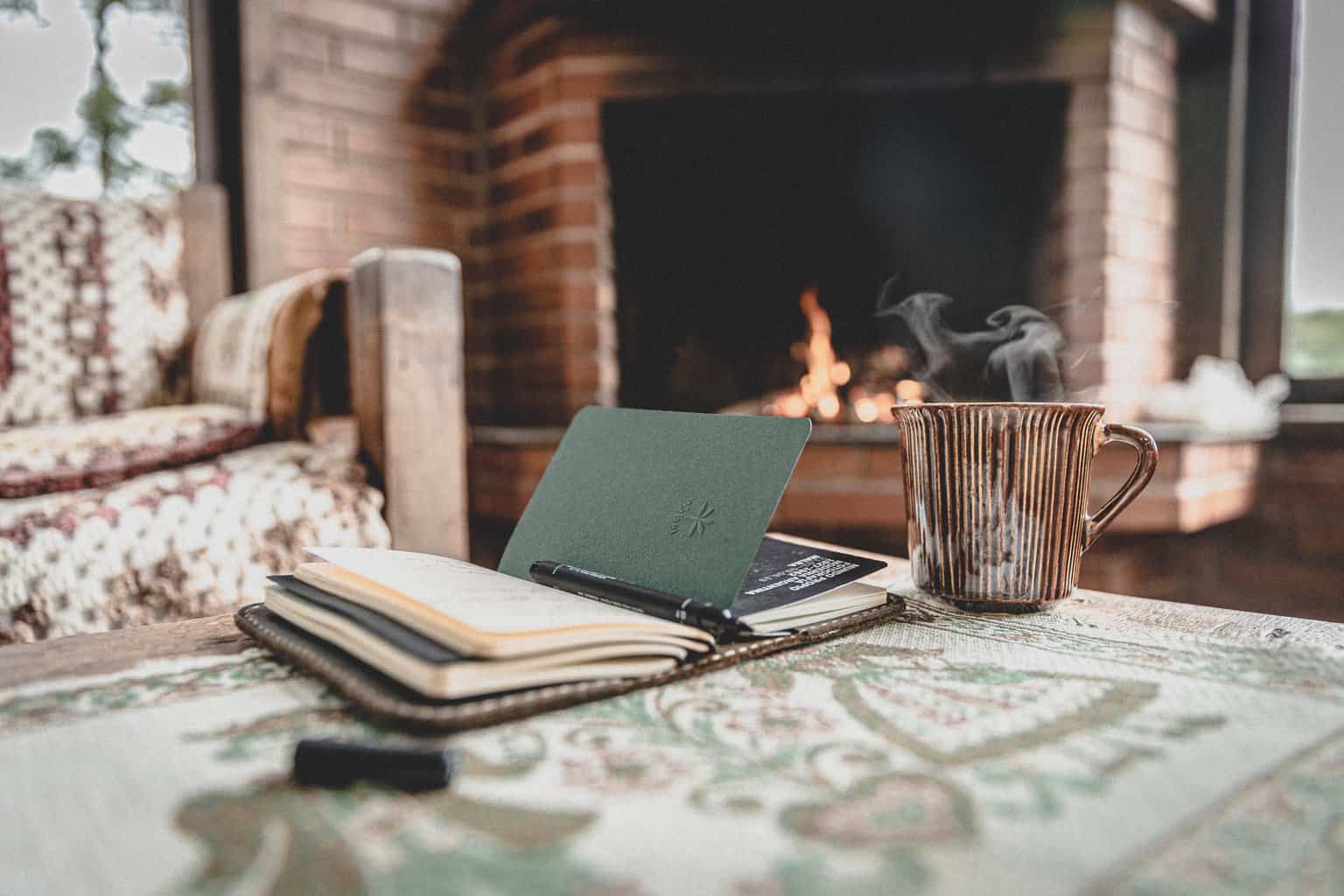
We are reader-supported. When you buy through links on our site, we may earn an affiliate commission.
You’ve closed the windows, cranked the thermostat and paid the heating bill. But one room just won’t stay warm! Every time you enter, you feel like you’ve walked outside. Now you’re wondering, “Why is one room in my house so cold?”
The answer likely has something to do with your radiators, closed registers and dampers, and/or gaps and air leakage. We’ll walk you through these common culprits and help you diagnose your problem.
Along the way, we’ll also offer suggestions for warming up a cold room. Whether that’s fixing up your heating system or finding some alternate solutions, you’ll soon feel toasty and warm in every room of your house.
1. Obstructed Radiators or Baseboards
It’s not uncommon to have an imbalance in your home’s interior temperature, considering the many ways it can happen. As you assess your heating system, take a simple approach and start in the room that’s causing problems.
If you have electric or hydronic baseboard units or even old-fashioned radiator heating, they won’t work at maximum efficiency when something has blocked the flow of air.
Solution: Unblock Your Radiators
It’s easy to forget these baseboard units and radiators are there, and you might have obstructed one with furniture while configuring your room.
You could find the solution is as simple as rearranging your furniture. When you find one of these obstructions, move it elsewhere to clear the radiator and bring heat back into your space.
You might have to dramatically change your floor plan, which is something of an inconvenience, but you’ll feel far more comfortable after you’ve made the necessary adjustments.
2. Closed Registers and Dampers
A temperature imbalance is often the result of closed registers and dampers. If this is the reason, you’ll find it’s easy to solve your problem, and it won’t take more than 15 minutes at most.
Solution: Open Grilles and Set Dampers
Enter the room you’re having trouble with and look for vent covers with adjustable grilles. Open any grilles that you find shut as you move along the perimeter of the room.
If they aren’t shut and you can’t locate any obstructions blocking the vents, you’ll have to inspect your HVAC system ductwork. Some ductwork contains dampers that alter the airflow in your home. They’re usually equipped with a damper handle.
When looking at your air conditioner’s ductwork with dampers, you’ll see markers like “summer” and “winter.” Set the damper handle parallel to the duct line to maximize your airflow, releasing warm air back into the space that was cold. In truth, finding and fixing an imbalance is usually possible in fewer than three steps.
3. Your Home Has Gaps and Air Leakage
When one room is much colder than the others in your home, the culprit is occasionally an air leak. Most homes have some degree of air leakage, with cracks or gaps around electrical outlets, switch plates, attic hatches and door and window frames.
Caulking and sealing air leaks will help you maintain indoor air temperatures throughout the year. A full energy audit can certainly help you here, but it may not be necessary. Fortunately, it’s simple to find these leaks without much difficulty.
Solution: Conduct an At-Home Energy Audit
You can perform a building pressurization test with nothing more than a stick of incense. On a particularly windy day, turn off your combustion appliances and shut all windows, fireplace flues and exterior doors. Turn on any exhaust fans which blow air outside, light your incense and begin the inspection.
Pass the incense around the edges of common leak sites. Wherever the smoke wavers, exits the room or blows toward you, mark the area. You can come back to these areas later with a caulking gun. After you’ve sealed the leaks, you’ll enjoy energy savings of between 10 and 20 percent.
How Can I Make My Cold Room Warmer?
The solutions above are all effective for managing a temperature imbalance, but they aren’t your only options.
You have alternatives which can correct issues with your heating system, and most of them are within the price range of most homeowners. Consider some of the following products:
- Duct booster fans fit inside standard-sized metal ducts and increase the flow of warm or cool air into a room.
- Cove heaters are an inconspicuous addition which you can mount along the ceiling, operating silently as they emit heat downward.
- Radiant ceiling panels also heat occupants from above and are excellent for spot-heating a specific area to save energy.
- Ceiling fan heaters combine ceiling fans with space heaters to circulate warm air throughout a room.
- Programmable thermostats have features which save energy and indicate problems with your heating system.
Should You Consider a New HVAC System?
Another long-term solution for regulating temperature differences is ductless AC installation. These units require very small drills to install, which makes them less susceptible to air leaks.
They’re also energy-efficient. Over the years, these HVAC systems can save you up to 30% on your energy bills.
The downside is cost. Single-room ductless units are more expensive than window air conditioners or baseboard heating units. This compounds if you’re thinking about replacing central heating and cooling with ductless minisplits.
Again, you have alternative solutions which can correct your temperature imbalance. You should set aside some time to review them if you’re unable to find an easier fix. Otherwise, you should contact a professional technician to come to your home and give their opinion.
Warming up a Cold Room
Time and time again, homeowners like yourself have asked, “Why is one room in my house so cold?” Now that you know the answer — multiple answers, actually — you can address the source of your discomfort with a wide variety of solutions.
You now know how to warm up a cold room in a dozen different ways. Soon enough, every room in your home will feel comfortable, warm and welcoming!
